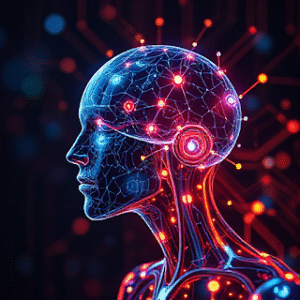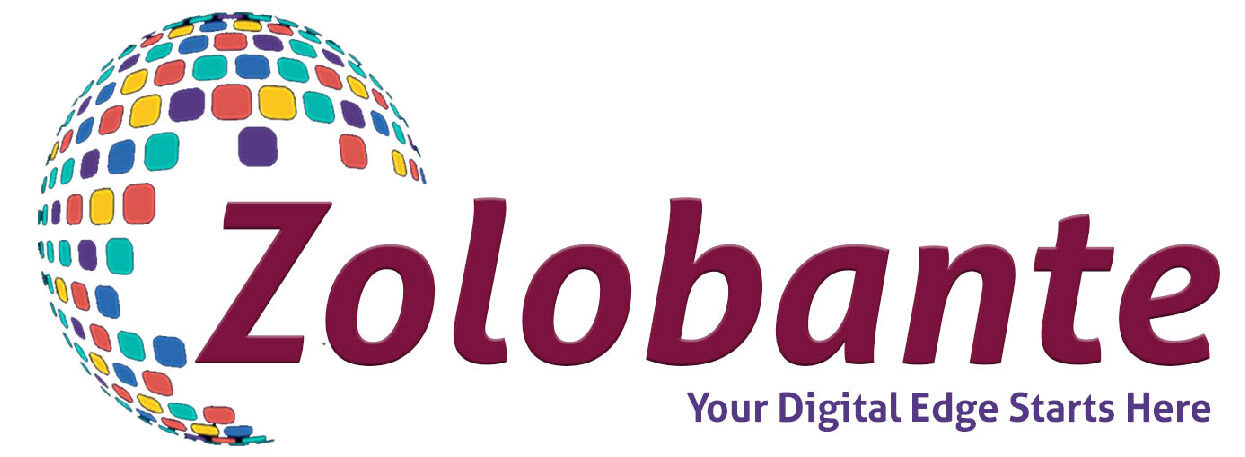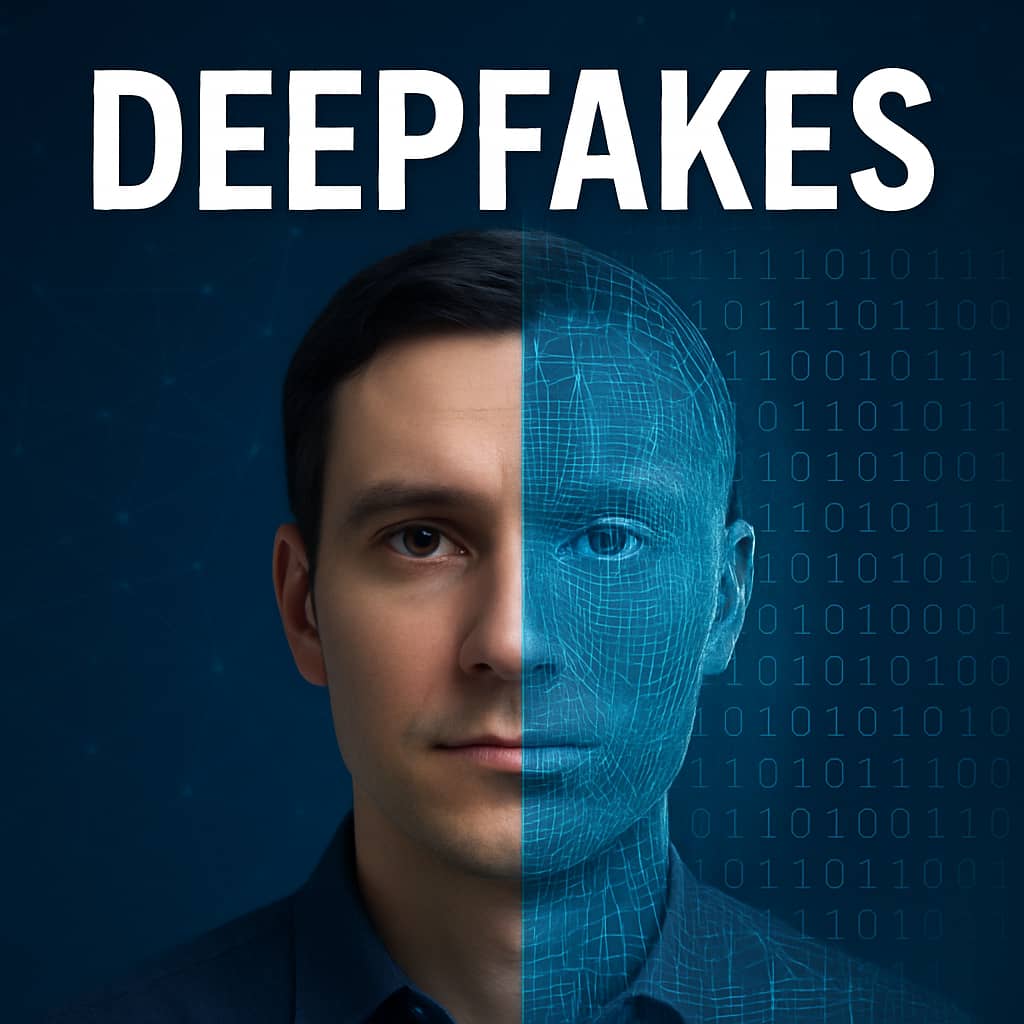As we journey deeper into the 21st century, the lines between reality and produced content continue to blur—at least in part because of the rise of deepfakes. In 2025, this AI-driven tech is no longer a far-off novelty; it’s a serious tool with a direct impact on how media is produced, consumed, and trusted.
What Are Deepfakes?
Deepfakes are media—video, audio, or images—created by deep learning techniques, specifically through models like Generative Adversarial Networks (GANs). These AI technologies learn from real footage to reproduce faces, voices, and expressions realistically. The result? Synthetic content so real that it’s often hard to tell what’s real and what’s not.
The Positive Impact on Media Production
In today’s media industry, deepfakes aren’t just tools of manipulation—they’re tools of creativity.
Filmmakers leverage Deepfakes tech to de-age actors, bring historical figures back to life, or even recreate performances without re-shoots. Directors, for instance, can generate realistic facial expressions or body doubles without actors on hand—saving time and production costs.
In advertising, brands are experimenting with AI-generated influencers and virtual presenters that can be tailored. Music and gaming industries are also employing synthetic voices to create unique experiences.
All of this makes content creation faster, cheaper, and sometimes even more creative.
But There’s a Dark Side
The rise of Deepfakes has also made it easier to spread misinformation. In 2025, we’ve already seen Deepfakes videos used in political manipulation, celebrity impersonation, and online fraud. A fake voice message or video can now damage reputations, shift public opinion, or even deceive facial and voice authentication systems.
For media outlets, this poses a huge issue: trust. If people can’t be sure what’s real, the credibility of journalism and content online is undermined.\

Ethical and Legal Issues
As Deepfakes evolve, so do the ethical, consent, and regulatory issues. Who owns the rights to an AI replica of your face or voice? What if AI is used to recreate someone without their permission?
In response, some countries have made it law to label clearly the content that is a deepfake. YouTube and TikTok are among the platforms that have begun to label synthetic videos or use AI-driven detection tools themselves.
But the law is still catching up—and creators need to know where the boundaries are.
The Way Forward
To ensure that the media cosmos proceeds responsibly in 2025, several things are necessary:
First, transparency. Audiences need to be told when content is artificial. Second, education—consumers need better tools to spot deepfakes and question what they read online. And third, collaboration between tech firms, governments, and creators to create standards and protect authenticity.
Conclusion
Deepfakes are not a novelty in 2025—they are a part of our daily digital lives. For content creators, they are a new freedom and creativity. But with great power comes great responsibility. As we witness what is possible with AI, we also need to ground ourselves in truth, ethics, and trust.




